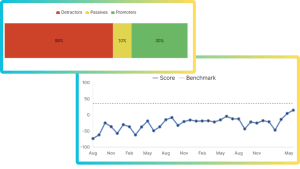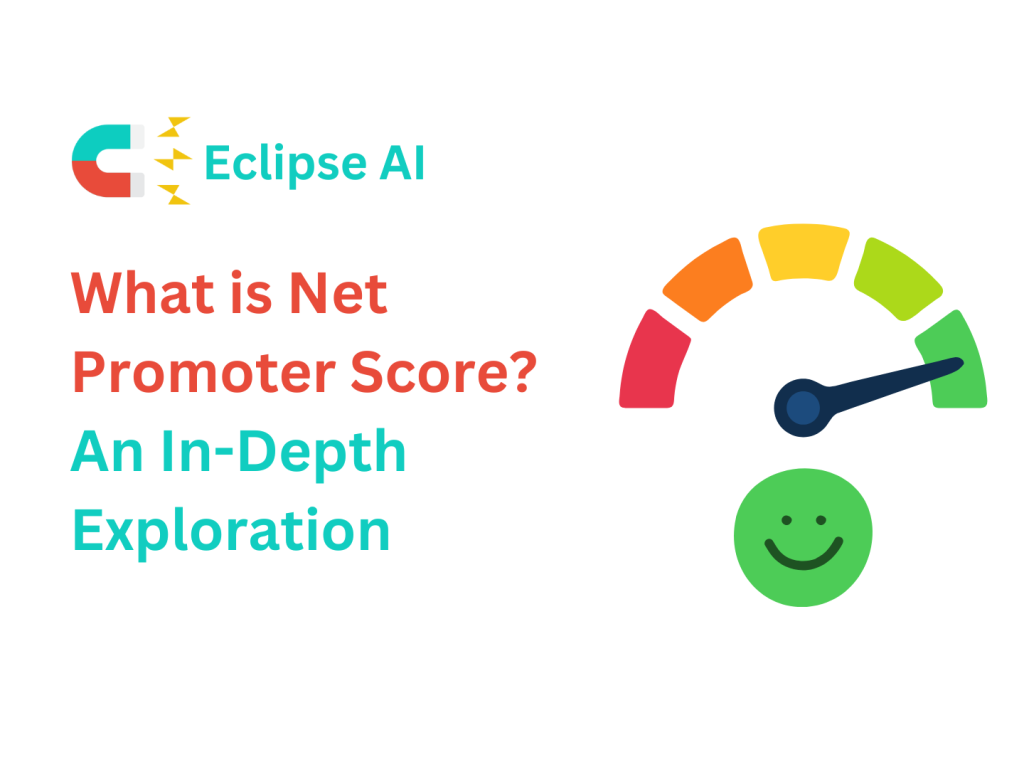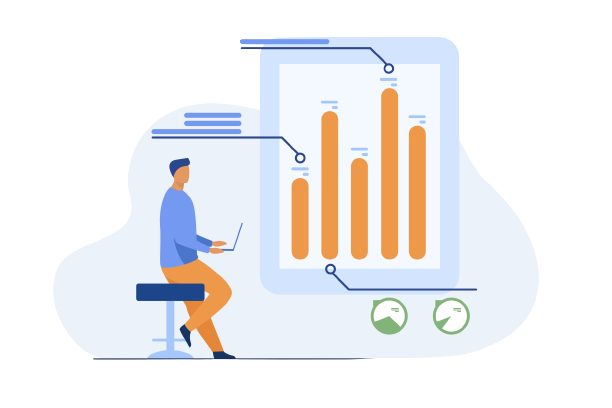

Learn how to leverage Net Promoter Score (NPS) to boost customer loyalty and business growth. Discover actionable strategies to improve your score and enhance the overall customer experience


Before making significant decisions, such as selecting a new home, job, or travel destination, we typically conduct research online and seek recommendations from friends and family. Online reviews and personal recommendations are vital to customers, with 91% regularly or occasionally reading online reviews, and 84% trusting them as much as personal referrals. One customer’s negative experience could result in a loss of potential customers. Customers are also more likely to share negative experiences than positive ones, telling almost three times as many people.
With the rise of social media, customers can easily share their feedback and reviews with their entire network at the touch of a button. This underscores the importance of collecting customer feedback and resolving issues quickly to prevent negative reviews and, more importantly, delight customers to the point where they recommend the brand to others.
The Net Promoter Score (NPS®) is a valuable tool in achieving this goal.
Net Promoter Score (NPS) is a customer loyalty metric that was developed by Fred Reichheld in 2003. The metric is based on a single question: “On a scale of 0 to 10, how likely are you to recommend our product/service to a friend or colleague?” Based on the response, customers are divided into three categories: detractors, passives, and promoters.
Detractors score between 0 and 6 and are unlikely to recommend the product or service. Passives score between 7 and 8 and are considered neutral customers. Promoters score between 9 and 10 and are highly likely to recommend the product or service to others.
To calculate NPS, companies must first send out an NPS survey to their customers. The survey should ask the customer to rate their likelihood of recommending the company’s product or service on a scale of 0 to 10. Once the survey has been completed, companies must calculate the percentage of detractors, passives, and promoters based on the responses. To calculate the NPS score, subtract the percentage of detractors from the percentage of promoters.


NPS = % Promoters – % Detractors
For example, if a company receives 100 responses to their NPS survey, and 10 customers rate the product or service between 0-6 (detractors), 20 customers rate the product or service between 7-8 (passives), and 70 customers rate the product or service between 9-10 (promoters), the NPS score would be calculated as follows:
NPS = % Promoters – % Detractors NPS = (70/100) x 100 – (10/100) x 100 NPS = 60 Therefore, the company’s NPS score is 60.
Compare your NPS® against industry competitors with our benchmarking calculator
The key to obtaining a high Net Promoter Score (NPS) is to have significantly more promoters than detractors.
To understand your NPS, imagine that you surveyed 100 customers, 50% were promoters and 40% were detractors. In this case, your NPS would be 10 (50% – 40% = 10). However, if only 20% were detractors, your NPS would increase to 30.
NPS Survey is crucial to identify areas of opportunity and risks, as well as to determine ways to enhance their experience. We recommend leaving space for customers to provide qualitative feedback on how to improve, as well as asking follow-up questions to understand the reasoning behind their initial NPS rating.
Now, let’s take a look at why NPS is crucial for business success.
Free Top 4 Customer Satisfaction Survey Templates
You don’t need to be a trained mathematician. The survey is intuitive and simple for customers to complete. You can send it to them via message, email or include it on your website as a pop-up
By segmenting customers into promoters, passives and detractors, the NPS system makes it easy to differentiate between them. Segmentation by score can also help reduce churn. By following up with detractors, you can make them feel heard and valued, and might make them less likely to churn — or worse, tell others that they shouldn’t purchase from you.
NPS is a standard metric used by companies globally. As such, it lets you compare your score with other scores in your industry and see how you measure up. NPS is also ideal for presenting to the decision makers in the company as a high level snapshot of customer loyalty at a given moment. Get started with comparing your NPS score with industry benchmarks with this free calculator.
NPS isn’t just a number; it reflects the emotional connection customers have with your brand. It’s crucial to dive into the “why” behind the scores through follow-up questions or customer experience analysis.
NPS can uncover insights when analyzed alongside customer segmentation data. Different segments may have varying NPS, which could lead to targeted strategies for improvement.
According to Bain & Company, companies with a higher NPS tend to grow at a faster rate than their competitors. This is because a higher NPS indicates a larger base of loyal customers who are likely to make repeat purchases and generate positive word-of-mouth.
Cultural factors can influence NPS scores. In some cultures, people are more likely to give moderate scores, while in others, extreme scores are more common. Understanding these nuances is crucial for global businesses.
NPS should be integrated with operational metrics. For example, linking NPS scores with customer support interactions can provide insights into how these interactions affect customer loyalty.
Follow up with both Promoters and Detractors. This not only helps in converting Detractors into Promoters but also strengthens the relationship with existing Promoters.
Utilize AI tools to analyze open-ended responses at scale. The AI Advantage: How AI Enhances Customer Experience at Every Touchpoint demonstrates how AI can uncover deep insights from customer feedback.
Align NPS feedback with customer journey maps to identify specific touchpoints that significantly impact customer experience.
Undertake a customer experience transformation initiative. This involves a holistic view of customer interactions and implementing changes across the board to elevate the overall experience.
Understanding and effectively leveraging Net Promoter Score goes beyond calculating a simple figure. It involves delving deep into customer feedback, integrating it with business operations, and continuously evolving digital customer experience strategy to enhance customer satisfaction. By following the insights and strategies outlined above, businesses can unlock the full potential of NPS to foster growth and build lasting customer relationships.
Net Promoter®, NPS®, NPS Prism®, and the NPS-related emoticons are registered trademarks of Bain & Company, Inc., NICE Systems, Inc., and Fred Reichheld. Net Promoter ScoreSM and Net Promoter SystemSM are service marks of Bain & Company, Inc., NICE Systems, Inc., and Fred Reichheld.
Free Customer Service Metrics Calculator
Calculate your business’s key metrics and KPIs for customer support, service, and success with this free template
Don’t forget to share this post




Don’t Let Your Competitors Understand Your Customers Better Than You
Don’t miss out. Try our 30-day Free Professional Trial.

